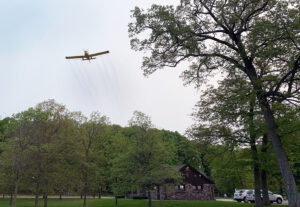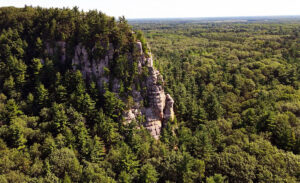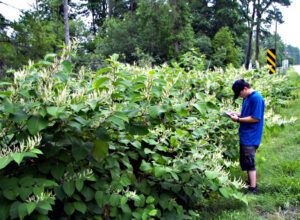
Species in the knotweed complex grow very quickly, causing large infestations on roadsides like this one. / Photo Credit: Randy Westbrooks, Invasive Plant Control, Inc., Bugwood.org
By Wisconsin DNR
With the scourge of knotweed about to gear up for another growing season, the Wisconsin Department of Natural Resources (DNR) is offering information.
The DNR has created two fact sheets to instruct general and urban landowners on the best control methods for the fast-growing invasive plant.


 Arbor Day’s roots began in the late 1800s in Nebraska where, according to the Arbor Day Foundation, residents of Nebraska City felt a lack of trees in their community. The secretary of the Nebraska Territory at the time, J. Sterling Morton, proposed a statewide tree-planting holiday, and on April 10, 1872, the first Arbor Day was celebrated.
Arbor Day’s roots began in the late 1800s in Nebraska where, according to the Arbor Day Foundation, residents of Nebraska City felt a lack of trees in their community. The secretary of the Nebraska Territory at the time, J. Sterling Morton, proposed a statewide tree-planting holiday, and on April 10, 1872, the first Arbor Day was celebrated. 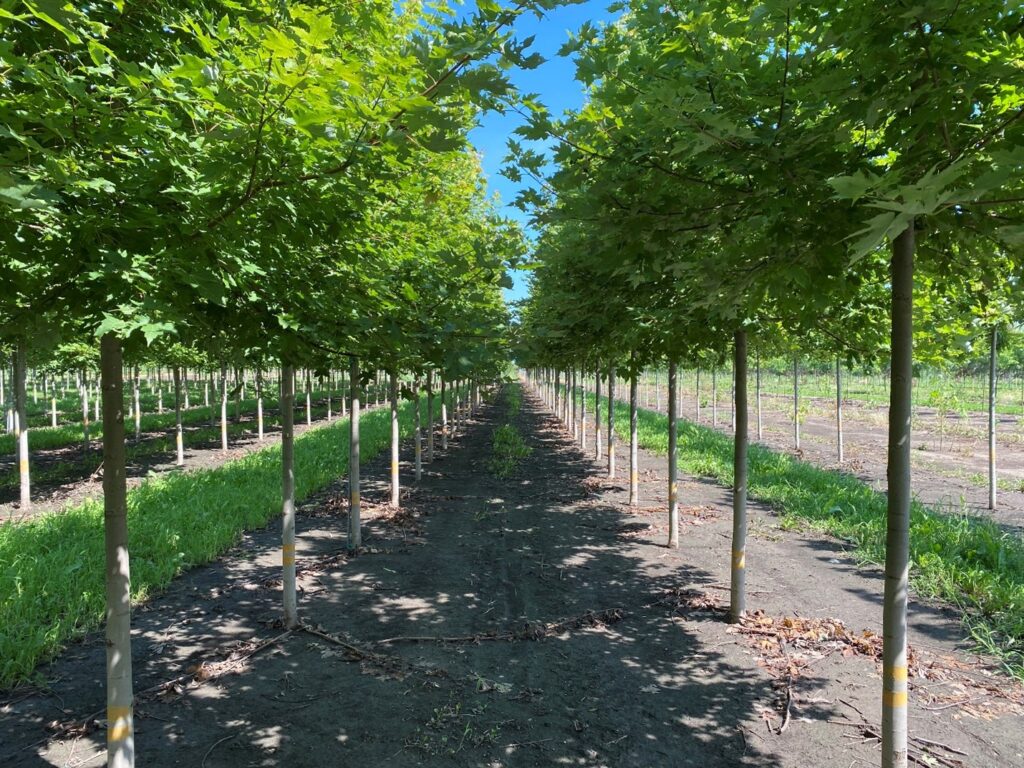
 For the last few years, our urban forestry team has been writing social media posts for Wisconsin communities to post during Arbor Week. We encourage you to use social media to celebrate the many benefits of trees and inform the public about the importance of tree care.
For the last few years, our urban forestry team has been writing social media posts for Wisconsin communities to post during Arbor Week. We encourage you to use social media to celebrate the many benefits of trees and inform the public about the importance of tree care.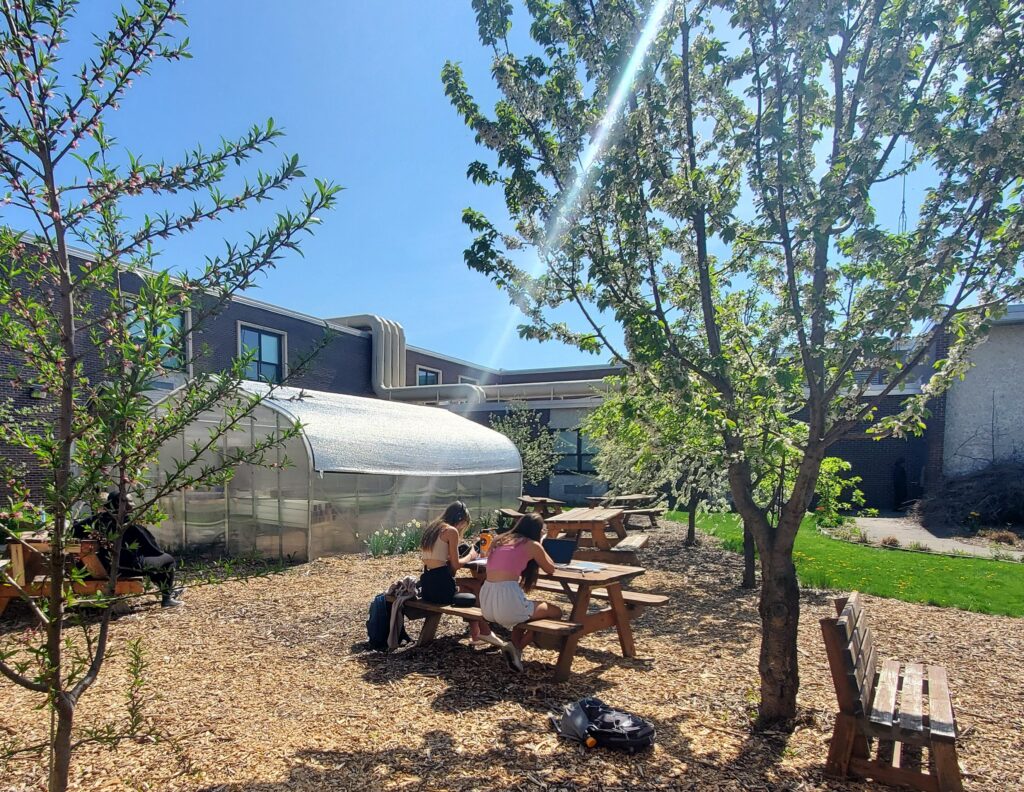 Schools that connect students to nature and trees can register as a Tree Campus K-12 site. This Arbor Day Foundation program recognizes schools that inspire the next generation through experiences with nature inside and outside of the classroom. Schools need to meet four program goals to qualify.
Schools that connect students to nature and trees can register as a Tree Campus K-12 site. This Arbor Day Foundation program recognizes schools that inspire the next generation through experiences with nature inside and outside of the classroom. Schools need to meet four program goals to qualify. 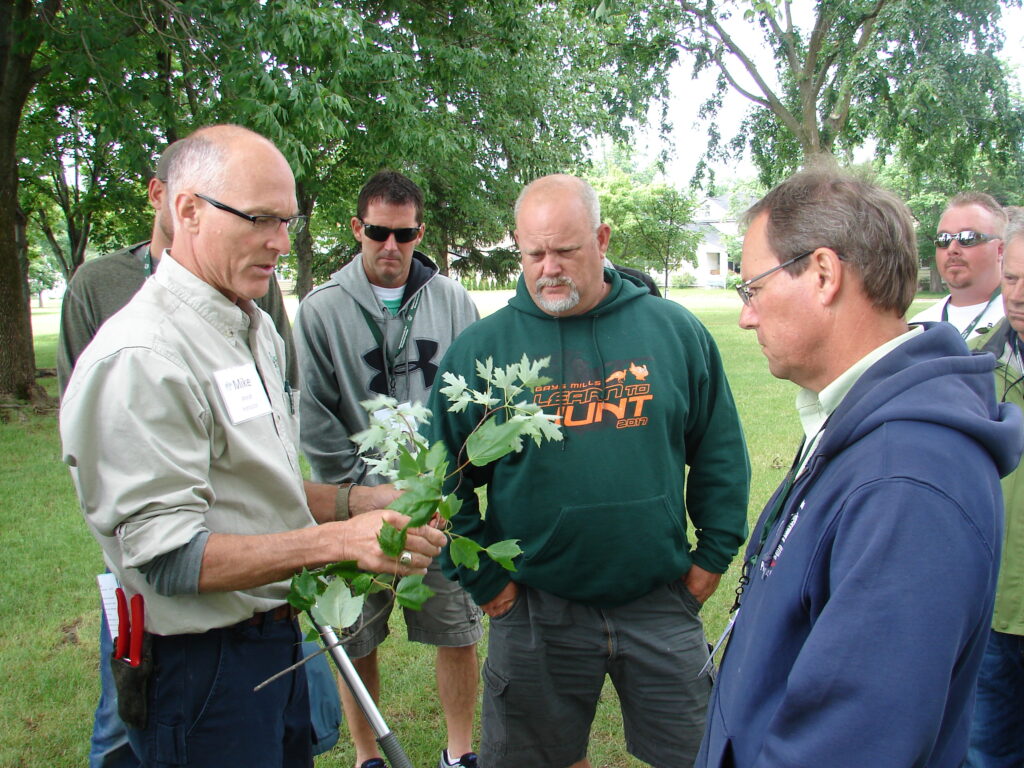 *These training opportunities are provided as an information service only and do not constitute an endorsement from the Wisconsin Department of Natural Resources (DNR).
*These training opportunities are provided as an information service only and do not constitute an endorsement from the Wisconsin Department of Natural Resources (DNR).